I was so excited to see my strawberries finally ripen and turn red. They needed a day or two to become bright red, sweet, and juicy. Then finally when I thought they would be ready to pick, they were gone! My first berries are gone! And even worse, if they were still there but something had a bite before I did! I am sure you can relate, that is probably the reason why you are reading this. This year, I finally managed to protect my strawberry patch well enough so I and my family could enjoy our home-grown strawberries before all those slugs and chipmunks did! Let me share with you how I managed to protect my berry patch.
The best way to protect strawberries is to put a physical barrier between pests and strawberries. Once the strawberry plants finished blooming, the flowers got well pollinated and started to form strawberries, cover the strawberry patch using a garden netting supported by hoops. The netting will create a physical barrier between the berries and pests to keep the strawberries protected from slugs, insects, and wildlife. The netting will still let the light, air, and water in, but will keep the pesky pests out! Secure the netting on the bottom so nothing could get in from beneath.
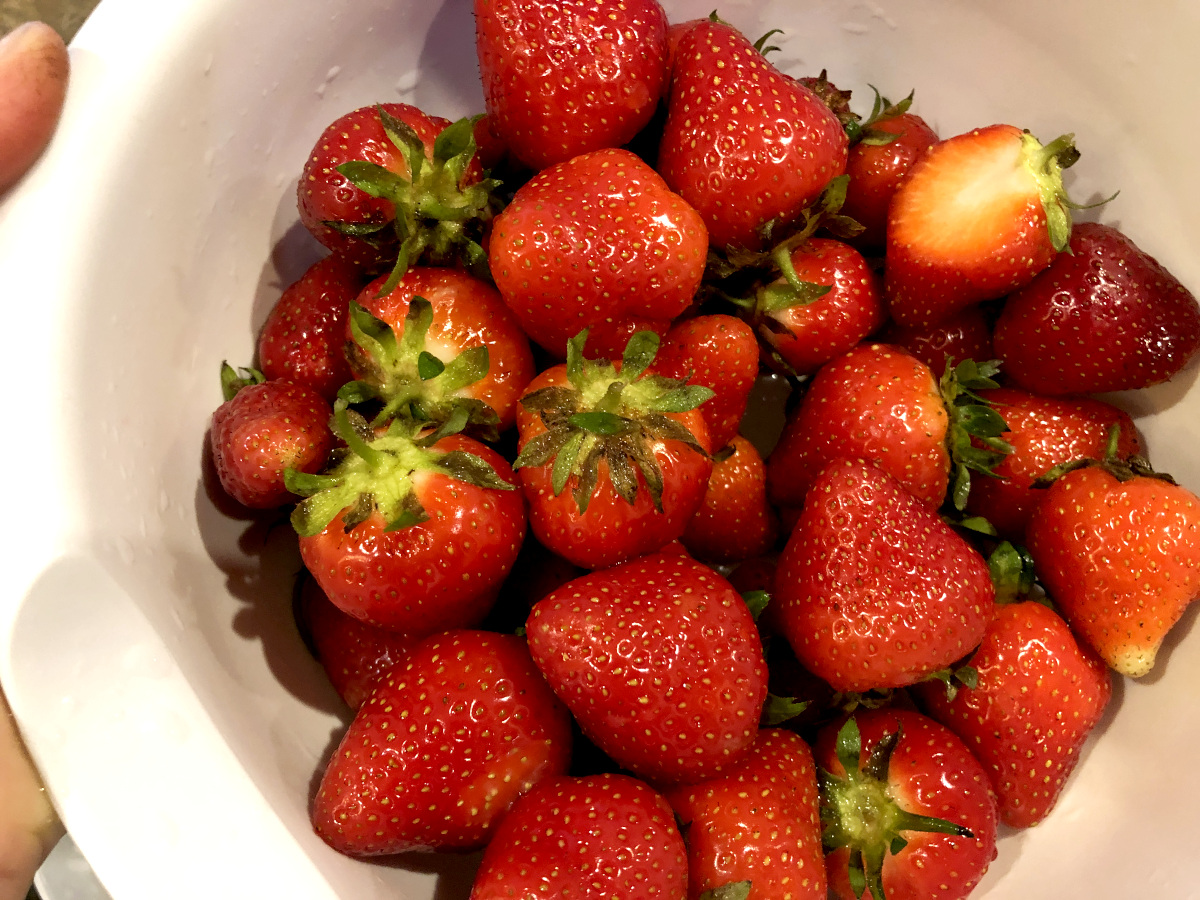
In my rural area, in Zone 6, we are thankful for green forests with lots of trails, greenery, trees, and wildlife. But this also means that I battle every wildlife starting with tiny insects all the way to black bears.
It is perhaps easier to grow things than to protect them. To grow a garden is one thing, but to protect a garden is a whole different story, which comes with lots of different struggles.
I do not have a fenced garden, because my garden is not one continuous space with the main garden being in one space and other smaller lots with garden beds in different areas scattered through the property in order to make the most of my growing space.
There are two things that are a must in my garden in order to protect it effectively. One is covering the garden beds with this netting and the other is setting up these motion-activated sprinklers that shoot water whenever the movement is detected. These two methods work best to protect my whole garden.
A GOOD READ: How to protect vegetable garden beds
This netting helps me protect my fruits and vegetables from birds, chipmunks, wild rabbits, cabbage moths, caterpillars, slugs, and all tiny garden pets. These two water motion sprinklers help to protect my garden from larger pests like deer, raccoons, black bears, and medium to large wildlife. The water sprinklers helped us to completely eliminate wildlife crossing our property, which was used as a shortcut to crossroads by black bears, deer, skunks, and raccoons on an almost daily basis.
Since we have installed motion-activated water sprinklers, we have no bears and raccoons digging in our trash cans. We have no deer munching on our fruit trees, bushes, and roses. And no stinky skunks taking a stroll under our windows. I strongly recommend these motion-activated water sprinklers to all who are looking for a solution to get rid of stray cats using your garden beds as litter or dogs crossing through your yard, or sandboxes.
What can I put on strawberries to keep bugs off?
To keep bugs off strawberries, use garden netting supported by hoops to elevate the netting as high as needed to keep the bugs out. The netting will create a physical barrier that the bugs will not be able to get through to the strawberries.
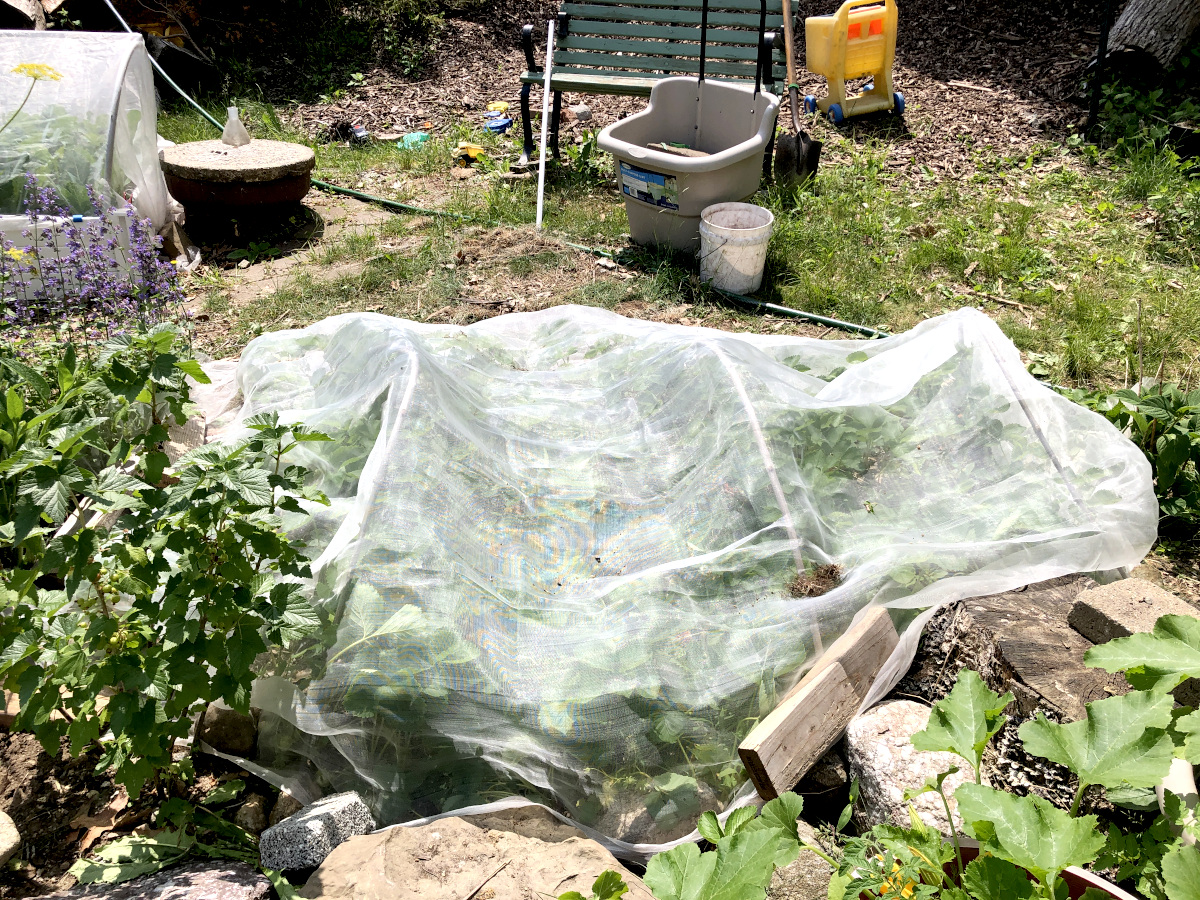
How do you protect strawberries from being eaten by animals?
Protect one strawberry plant or a whole strawberry patch by covering it. Use garden netting with tiny eyes that the animals will not be able to cross. The netting is strong enough to keep the animals out and will be an unpleasant bite to animals to bite into so they will leave it and rather look for something that is in the open air and easily available.
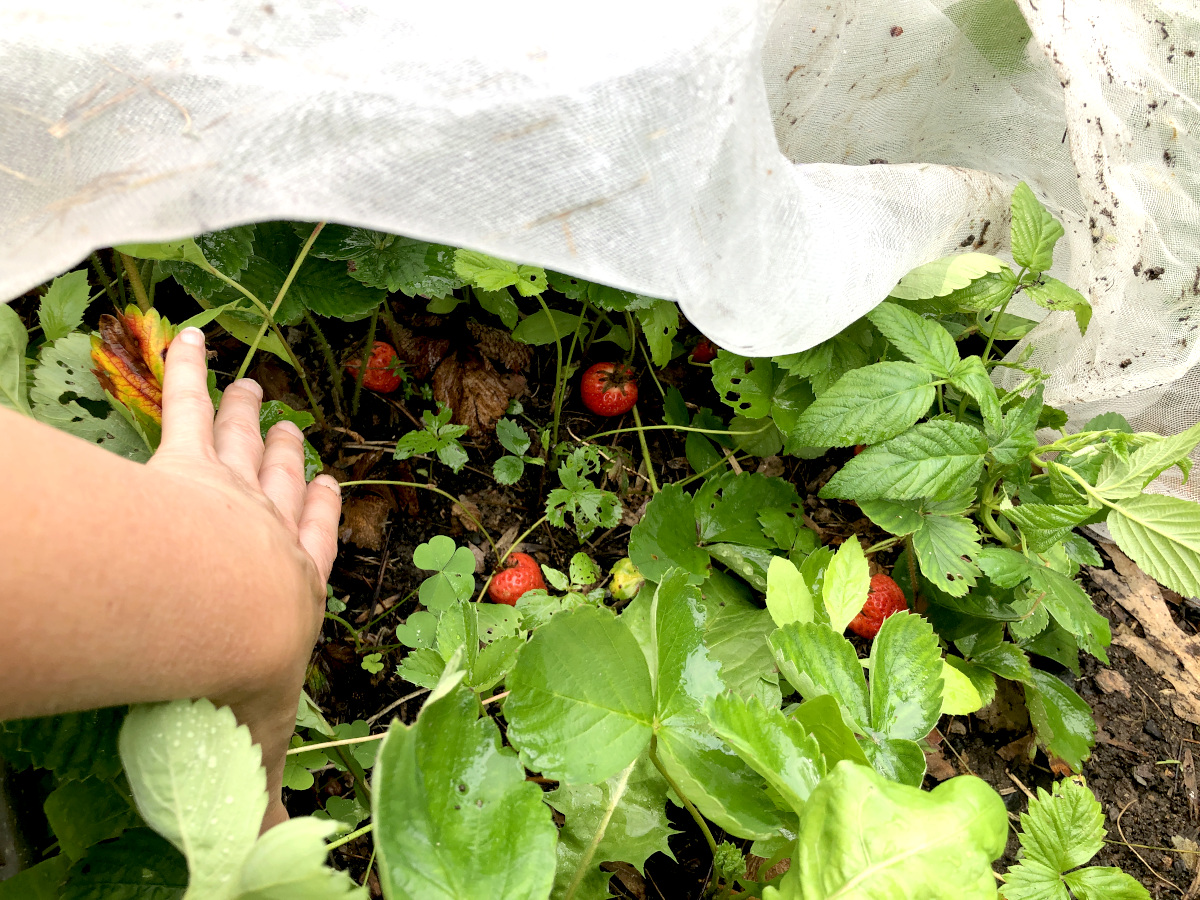
I use this garden netting supported by plastic hoops made of piping available in any hardware store. Once I ran out of piping to use as hoops, I started to use tree branches and new tree sprouts from an old cut-down tree stump. Since I have discovered how well the tree branches work as hoops, I have not bought any plastic pipes and just continue using branches and tree sprouts as hoops. Whenever I need to prune a tree, I cut it about 5-6 feet long so I can bend it and use it as a hoop.
A GOOD READ: When and how to plant strawberries
What is the best thing to protect strawberries?
The best thing to protect strawberries is to use garden netting and cover the strawberries with it. In order for the barrier to be effective, ensure the bottom of the netting is attached well to the ground using garden staples or the side of the elevated garden bed using clips, so nothing can get in from underneath the netting.
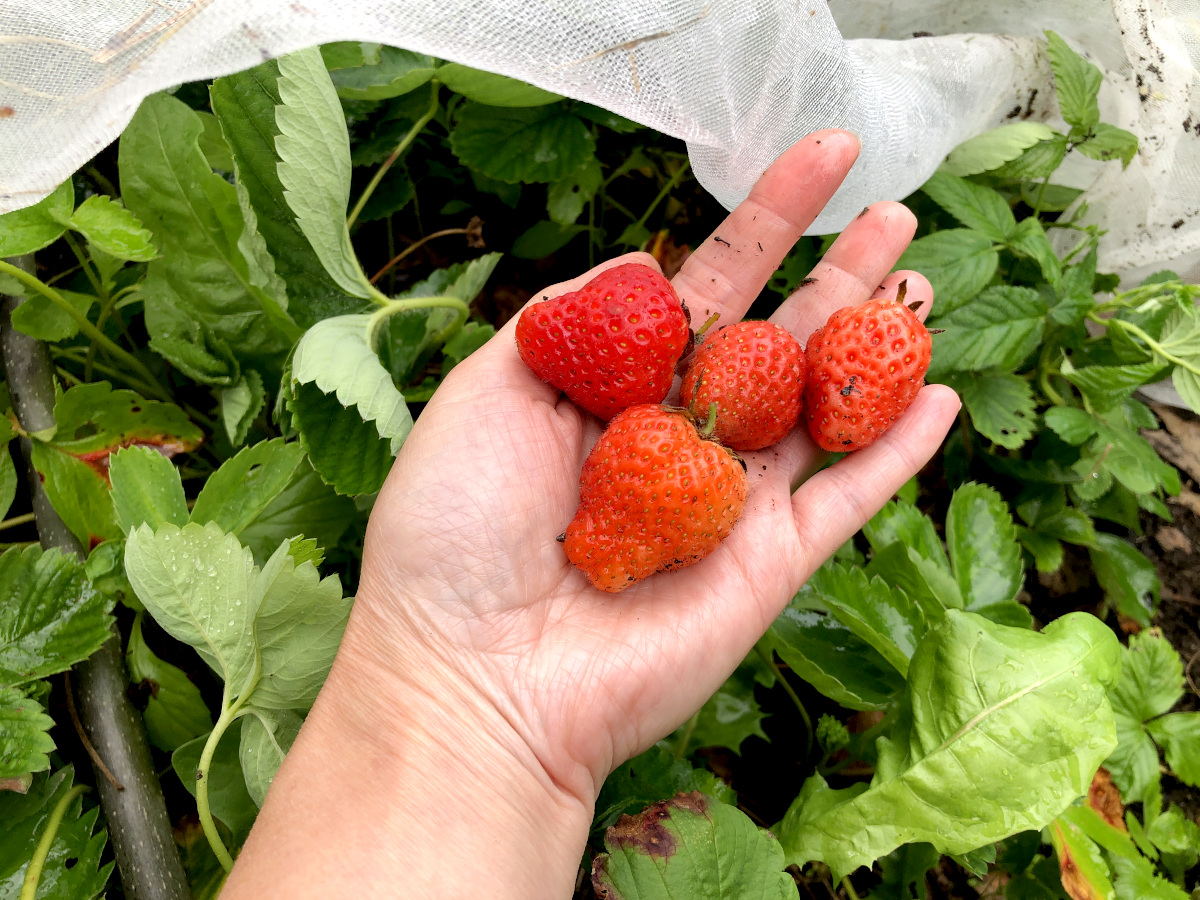
When I use this netting in my in-ground garden beds I use these garden staples to attach the netting to the ground. I use these garden staples to attach my frost covers as well in early spring and late fall.
If I use this netting to cover an elevated garden bed, I use garden clips to attach it to the sides of the bed. Or simply cut about a plastic pile into two halves lengthwise and use these two halves as clips.
Many gardeners new to growing strawberries ask how to protect their strawberries. Many other gardeners advise using cayenne pepper, and hot pepper powder, planting some herbs or flowers, and alliums around the berries. Well, I would say, the chipmunks, slugs, and birds just laugh at these! Then those new gardeners who gave this advice a try, come back and complain none of the tricks worked. Of course, they did not work! You need to create a physical barrier between the pest and the strawberry plant. If there is no physical barrier, but only some hot pepper powder, then other pets will find other ways to completely skip the hot pepper powder and snatch the berry from the air or another angle. If there is no actual physical barrier, then pests will surely find a way to eat those delicious red treats.
If one pest is deterred by a hot pepper, then the other kind of pest will find its way in which is not bothered by hot pepper. I even had the tops of my onions eaten up by some garden pests, so I know planning onions around the strawberries will not protect my berries.
Unless you create a physical barrier, you can kiss your berries goodbye! And even then, one needs to check on slugs because these are simply everywhere and some of the berries will be eaten by them. This year I already harvested about 4.4 pounds of strawberries from my small patch. I sow strawberries everywhere on my property that was taken by chipmunks. They got into my patch from underneath the netting, but I was okay with that because they were still not able to eat all of my berries and I got a very nice harvest still even with chipmunks snatching some. Then some of my berries were bitten and eaten by slugs, as those hide under the plants and are hard to detect. But still, the netting helps to protect my berries tremendously. Last year we barely had a handful of berries that were not bitten into and made it into our mouths. Last year, most of my berries were eaten by pests, as I did not have them covered. This year, I used this garden netting and already harvested 4.4 pounds of berries! And my berries are still in the middle of production, there will be more to come! So that’s the difference between not protecting your berries and protecting them.
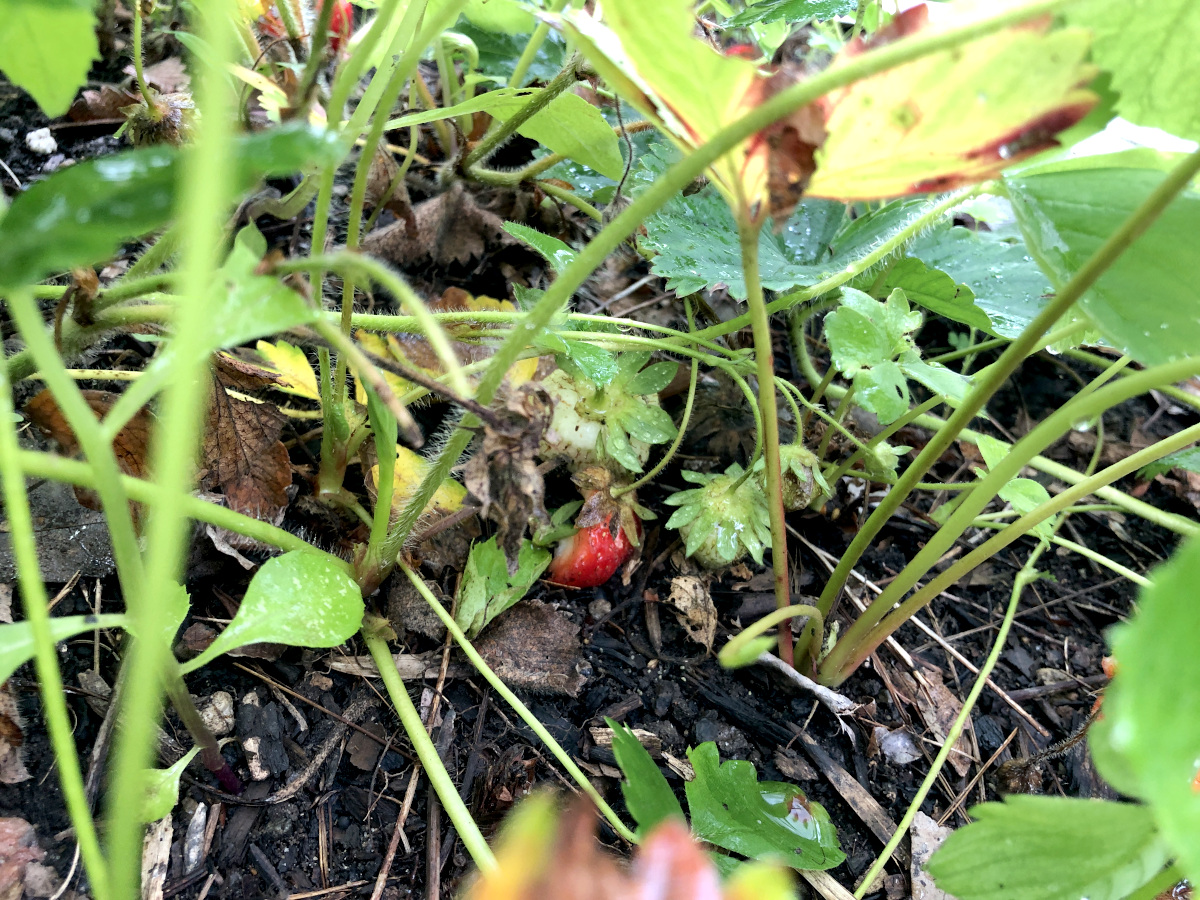
How do I keep bugs and birds from eating my strawberries?
To keep bugs and birds from eating strawberries, the plants and ripening fruit needs to be covered with a garden netting which lets the air, sunlight, and water in but keeps the bugs and birds out.
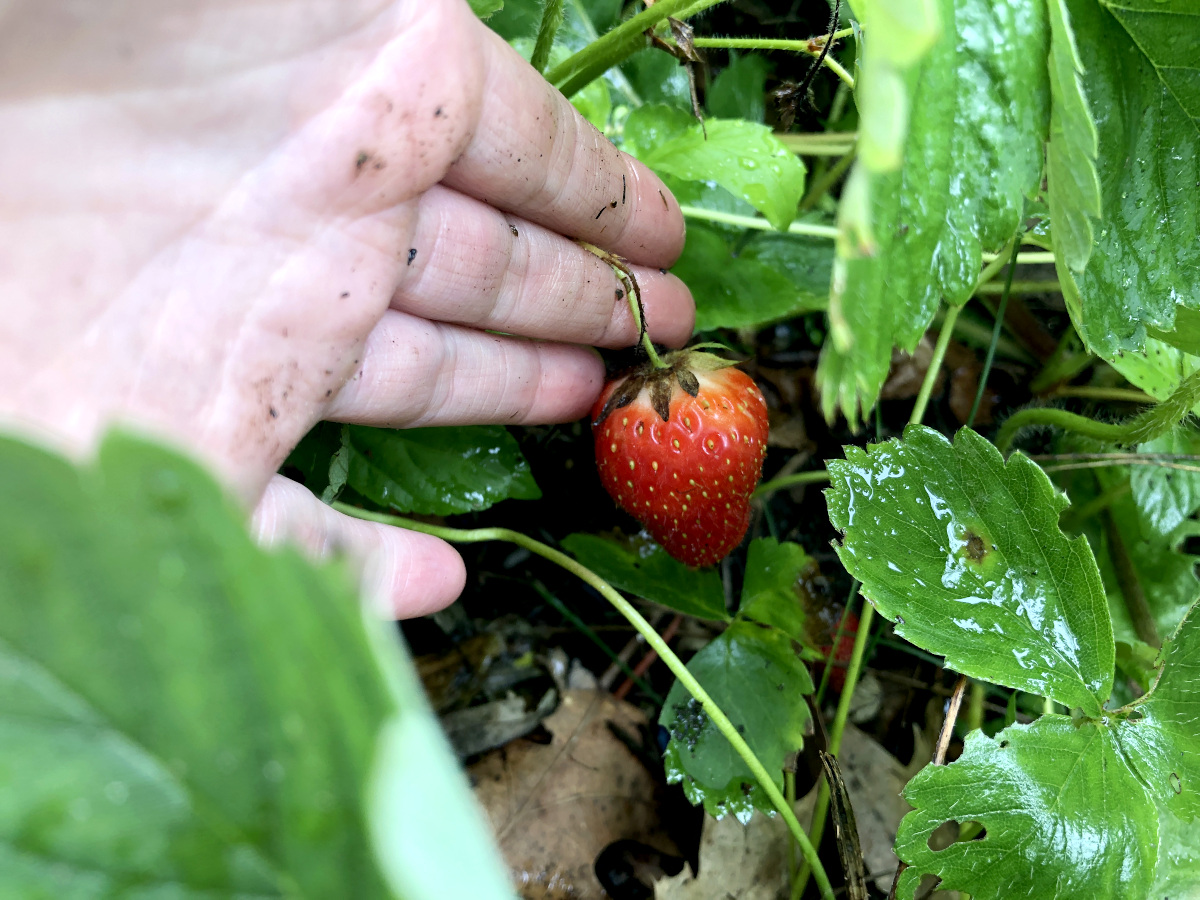
I would like to note, that I cover my strawberry plants with the netting once the flower petals fall off and fruit starts to form. I keep the covering on until the plants stop producing. Even though the coverage is on most of the growing season, I still have good pollination on my berries that keep on producing under the cover. There are plenty of bugs, bees, ants, and other organic life that keeps on pollinating berries under the netting.
Covering your berry patch with garden netting is a nice organic way without using any chemicals or unwanted pesticides in your home garden.
How to protect vegetable garden beds
When and how to plant strawberries

